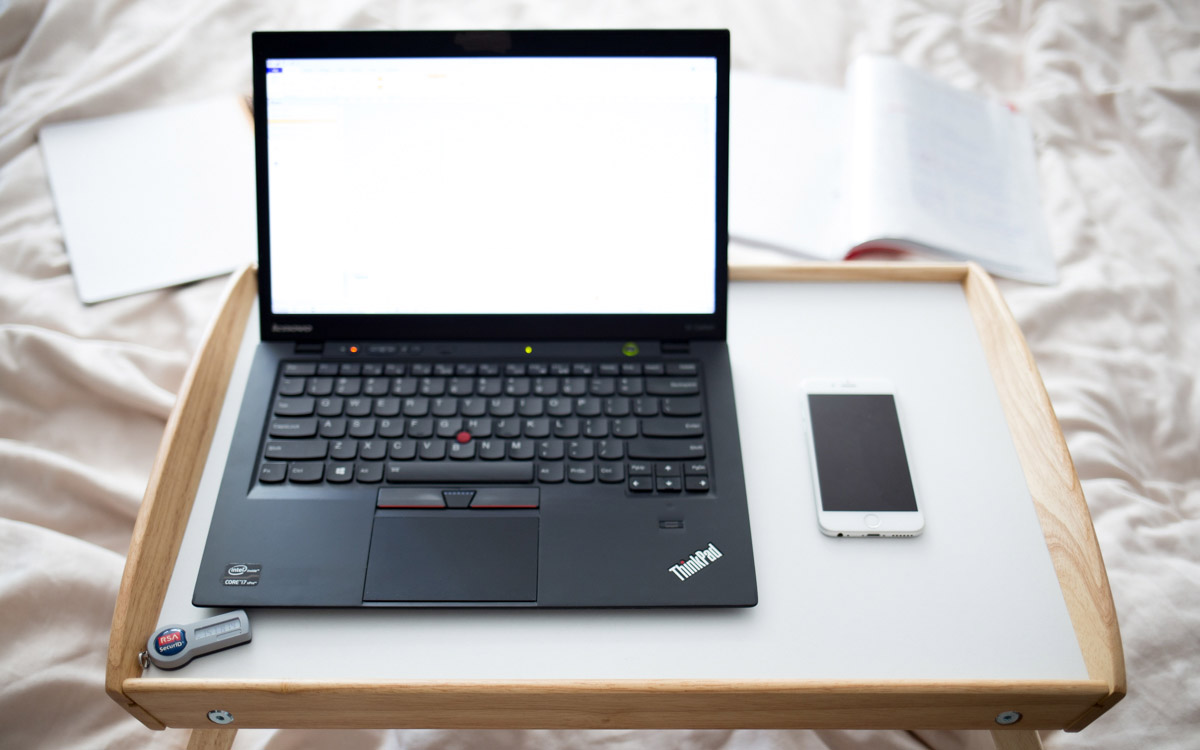It doesn’t take long to find an economist or business analyst who will say that the massive shift toward working from home brought on by the COVID-19 pandemic is likely a tipping point that will make remote work a permanent and significant part of the workplace landscape. That means online meetings and collaboration tools like Zoom, Cisco Webex and Microsoft Teams are only going to grow in importance as workers spend at least part of their work week at home rather than commuting into an office.
The suddenness of the COVID pandemic and governmental “stay at home” orders forced thousands of companies across the nation to quickly relax their policies requiring employees to report into the office each day. And while it’s too early to tell how long social distancing and restrictions on public gatherings will remain in place, many business leaders and entrepreneurs are asking important questions about how to incorporate remote working into everyday operations. We asked some of them about the important considerations at play when it comes to making remote work a permanent facet of their business.
Will Remote Work Adapt To The New Normal?
For the HR and administrative services firm Insperity, what was previously a high-touch blend of technology and personal service has shifted over the past six weeks. While remote conferencing platforms like Zoom were previously used sparingly to make initial contacts with sales leads in remote markets, leaders like Eric Bonugli, district manager of one of the company’s Austin offices, now logs up to 10 video conferences a day with employees and customers.
The pressures of COVID-19 have shifted Insperity’s priorities to tending to the needs of existing clients to preserve existing business instead of focusing on potential new customers.
Bonugli said he’s embraced weekly video check ins with individual employees to replace in-person talks in the office, and Friday virtual happy hours with trivia and other games have maintained camaraderie while everyone has adjusted to the new work dynamics.
While the company is currently embracing remote work to handle a more triage-focused business role, he said there are many decisions still to be made about whether video conferencing and other digital tools will be enough to make remote work practical when it comes time to move back to a more sales-first mentality.
“There’s a new reality to our world, whether we like it or not and if you’re not talking about this change you’re going to be missing the mark. We have opened up Pandora’s Box to a degree and if I’m a salesperson and I now post-COVID am more sensitive about contracting an illness by being out in public I’m going to approach my work and ask to work from home more,” he said.
“And maybe I’m a personality types who’s always been more productive in a home office space and have only come into work because that’s what I’ve been made to do but I can show you the numbers and the activity to prove I’m as productive as I’ve ever been… that’s a conversation we’re going to have to contend with. If we are more bent toward doing Zoom calls, will we be able to still differentiate ourselves as much during the process of the sale and also on the service end of it. Are we still going to be able to set ourselves apart? That’s the big concern for me.”
What’s The Best Way To Communicate?
We’ve all seen the memes about the meeting that should have been an email, and it can’t be too long before there’s an analog for the prevalence of team video sessions that feel less than productive or engaging.
Chris Jackson, national sales director for the communications and collaboration app POPin, said executives and team leaders should make low-barrier, frequent communication a priority to help stave off the anxiety that employees can feel when spending time away from colleagues and dealing with the uncertainty of life during a pandemic.
Rather than a cascading schedule of meetings on traditional platforms like Cisco Webex, Jackson said POPin users have been pleased with the app’s ability to enable free-flowing problem solving sessions and other productive activities that don’t require logging into a digital conference room with a headset.
What’s most important, he said, is that companies find the right mix of communication tools to match the needs of team members and their preferences for how they work best.
“What we’ve seen is companies immediately going to the conferencing tools like Zoom and Cisco Webex or chat in Microsoft Teams and other platforms that certainly help with communication and connectivity,” he said. “Those are established, well-known and proven tools and irrespective of what the timeline for this looks like those are tools that are critical to any organization but especially now. Teams that have not historically telecommuted are finding creative ways to be quite productive in their job functions so there’s some sustainability around remote working that wasn’t initially expected.”
What’s The Right Mix Of People and Tools?
Khoros, the Austin-based digital marketing and customer management firm, already has 12 percent of is more than 900 global employees working remotely prior to the pandemic’s onset in March. Even with some best practices in places from that limited cohort, executives didn’t know what to expect when they sent everyone home as of March 9 in a move to prevent workers from potentially spreading the virus.
To their surprise, productivity quickly increased and has stayed at an impressive level. Mike O’Donnell, chief talent officer for Khoros, said a simple mix of well-known tools like combining Zoom with Google Suite to enable simultaneous collaboration has made it easy for coworkers to work together efficiently. Other helpful tools have been the company’s internal online community Atlas, Slack channels for specific departments and teams, and an assortment of video training courses to help employees with productivity and mindfulness.
O’Donnell said the most important consideration for making remote work successful at Khoros is finding ways to help workers feel connected to each other even when they aren’t in the same space.
“What we talked about was how we were going to go about keeping the lines of communication open and finding ways to continue to collaborate and how we were also ensuring that we were trying to bring some of the assimilation of working in an office to the home environment,” he said. “The tools we decided to give our employees were all focused around staying engaged and making them feel like they were still in the office. Then you can have things like standard cocktail hours and contests and spirit week to awards for best meeting backgrounds. That helps lots of people we have out there who are single and might be isolated and we want to give them the opportunity to have fun and meaningful interactions which they may be missing in the current situation we’re going through.”
This article is part of our continued coverage of the business responses to the COVID-19 outbreak. Vyopta is currently offering a free trial to help IT teams support massive expansion in remote work.
Chad Swiatecki is a business writer and journalist whose work has appeared in Rolling Stone, Billboard, New York Daily News, Austin Business Journal, Austin American-Statesman and many other print and online publications. He lives in Austin, Texas and is a graduate of Michigan State University. Find him online on LinkedIn.







